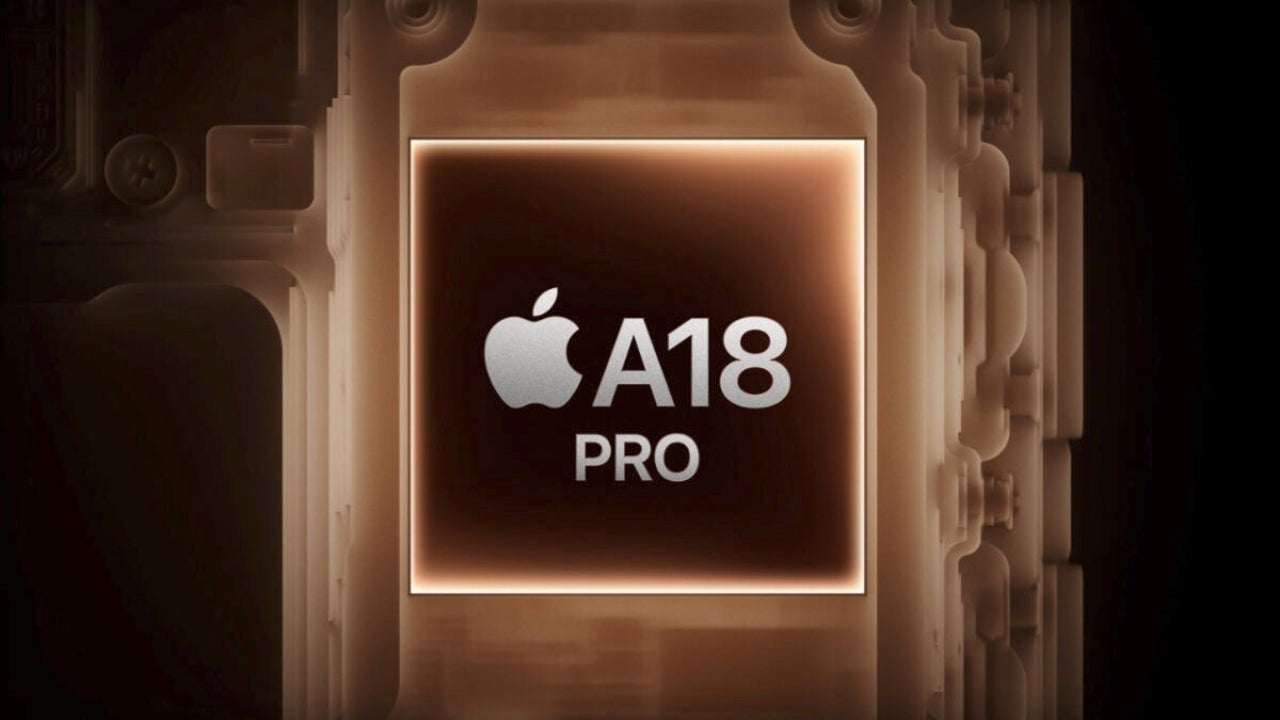Apple Intelligence is possible thanks to this key decision from 2017
Seven years before the arrival of Apple Intelligence...

- November 19, 2024
- Updated: July 1, 2025 at 10:43 PM

Apple has shaped its artificial intelligence with a unique focus on privacy and local processing that makes a difference in how we interact with our devices while distinguishing itself from what other companies propose. The path that has led this technology to where it is today began longer ago than we might imagine. A key decision in 2017, based on the forward-thinking vision that characterizes Apple, laid the groundwork for us to enjoy Apple Intelligence on devices with M1 chips and later.
The Origin of Apple Intelligence: A Vision That Began in 2017
In 2017, the Apple team was already looking beyond the horizon of the technology available at that time. It was then that the first version of the Bionic chips with the Neural Engine was introduced, initially conceived as a tool to enhance the computational photography capabilities in the iPhone.
That same year, Apple’s engineering team realized the opportunity they had on their hands when they read a scientific paper titled Attention is All You Need, which introduced the world to transformer neural network models. As explained by Tim Millet, Apple’s Vice President of Hardware Engineering, in an interview on The Circuit podcast (via 9to5mac), the team saw the potential of this technology to revolutionize the field of artificial intelligence.
Instead of limiting itself to the initial capabilities of the Neural Engine, Apple made a strategic decision: completely rethink its architecture to pave the way for something much bigger. From the very beginning, the company understood that the development of technologies like transformer networks would take years to materialize, but it would take almost the same time to adapt the chips to those capabilities. Therefore, according to Millet, starting in 2017, the team began working on a more advanced version of the Neural Engine, which was finally introduced with the M1 chip in 2020.
A Path Prepared to Lead the Future
The arrival of the M1 chip —four years ago— marked a before and after in Apple’s transition to its own chips and laid the foundation for what today makes Apple Intelligence possible. The enhanced Neural Engine allowed devices with the M1 chip to efficiently run advanced neural networks, and most importantly, on the device itself.
This not only offers us greater power and speed, but also an unparalleled level of privacy, as the data does not need to leave the device to be processed. A fundamental difference compared to other artificial intelligence solutions that rely on cloud servers.
The fact that Apple Intelligence is available on all Macs with an M1 chip or later is no coincidence. It is, as clearly seen in the interview, the result of very careful planning and a long-term vision —seven years to be exact— that began with that decision in 2017.
Thanks to that vision, today we can enjoy features such as object removal in Photos, intelligent notification sorting, or real-time personalized emoji generation, all processed directly on our device. And that’s just the beginning, as the second part of Apple Intelligence with the Image Tools will arrive shortly, and subsequently, the new Siri with knowledge of our personal context will follow.
Without that key decision in 2017, the landscape of Apple Intelligence would be very different. While we wait to know when Google Gemini will be integrated with Siri or see how to use ChatGPT to transcribe our handwritten notes for free, it’s easy to hear comments along the lines that Apple has missed the train when it comes to artificial intelligence, but interviews like this give us another perspective. Seven years ago, Apple was not content with what was possible at that time, it bet on what was to come, and that bet has resulted in something that today makes our lives easier and, above all, smarter.
Architect | Founder of hanaringo.com | Apple Technologies Trainer | Writer at Softonic and iDoo_tech, formerly at Applesfera
Latest from David Bernal Raspall
You may also like
 Article
ArticleA Greener Web and Cleaner Oceans: Why So Many Are Switching to Wave Browser
Read more
 News
NewsA touchscreen Mac? This simple accessory makes it possible
Read more
 News
NewsMicrosoft confirms the 11 games that will arrive this January to Xbox Game Pass
Read more
 News
NewsThe Holiday Gadget Guide: How to Secure Your New Device Day One
Read more
 News
NewsARC Raiders could have a movie and the CEO of Embark Studios has set a single condition for it
Read more
 News
NewsThe biopic of the last great diva of soul arrives on streaming
Read more